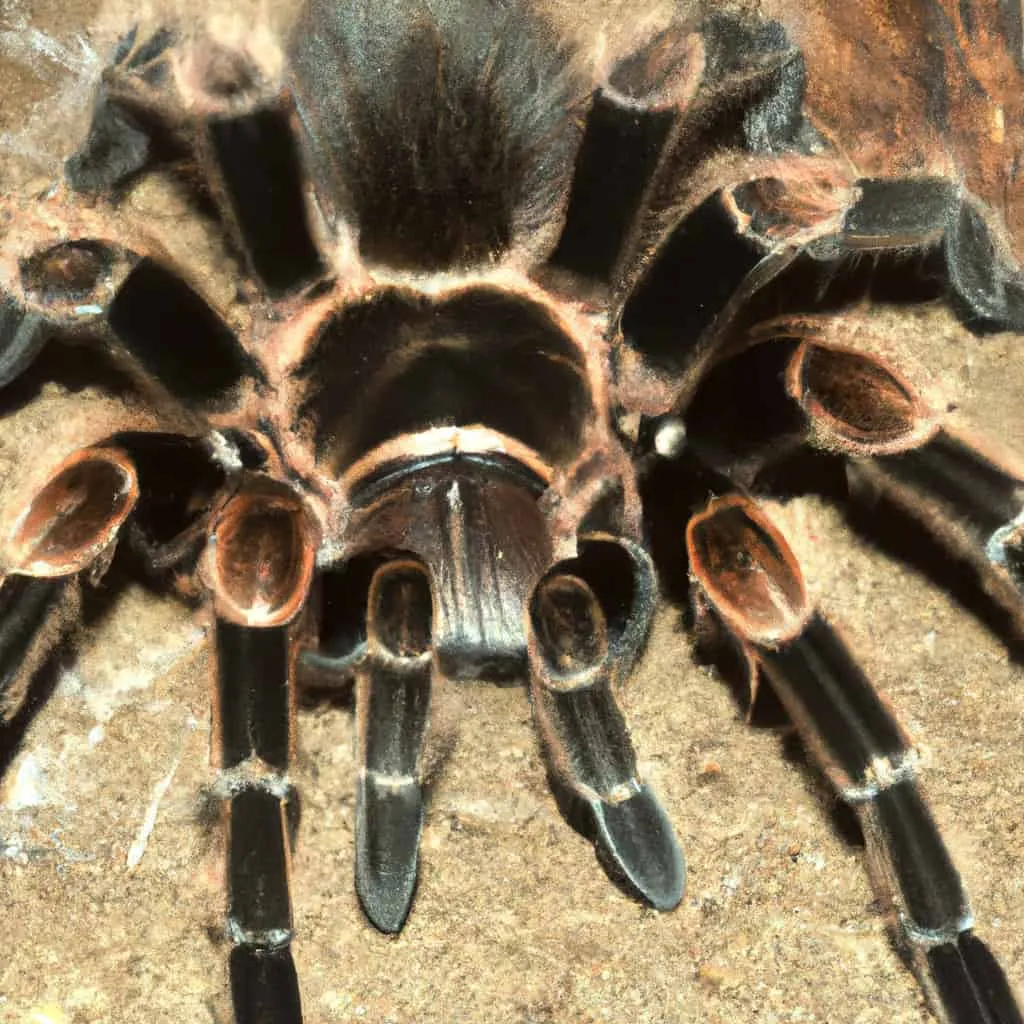What is Molting in Tarantula Slings?
Molting, also known as ecdysis, is a fundamental biological process for tarantula slings, and indeed, all arthropods. It’s essentially how a tarantula sling grows, shedding its old exoskeleton to reveal a new, larger one underneath. This exoskeleton, or cuticle, is a rigid outer covering that provides protection and support, but it doesn’t grow. As the tarantula sling grows, it outgrows its exoskeleton, necessitating the molting process. During molting, the tarantula will create a new, larger exoskeleton underneath the old one. The old exoskeleton splits open, and the tarantula emerges, leaving the old shell behind. This process allows the tarantula to increase in size, regenerate lost limbs, and rid itself of parasites.
The Molting Process Explained
The molting process is a fascinating and complex event. It begins with the tarantula sling creating a new exoskeleton beneath its current one. This new exoskeleton is initially soft and pliable. As the old exoskeleton begins to separate from the new one, the tarantula sling will often stop eating and become less active. This pre-molt stage can last from a few days to several weeks, depending on the sling’s age, species, and environmental conditions. Once the new exoskeleton is ready, the tarantula sling will position itself, usually on its back. The old exoskeleton splits, and the tarantula slowly wriggles out. This is a vulnerable time for the tarantula, as its new exoskeleton is soft. After molting, the tarantula will remain in a vulnerable state for a few days while its new exoskeleton hardens. It will also typically consume its old exoskeleton to regain lost nutrients.
How Often Do Tarantula Slings Molt?
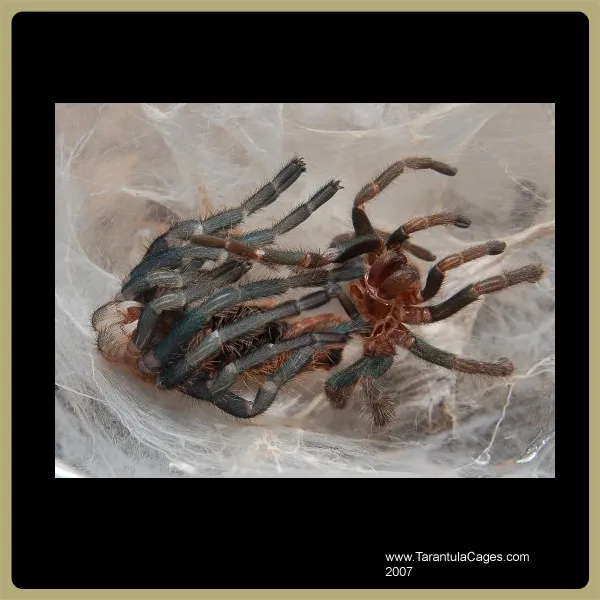
The frequency with which tarantula slings molt varies considerably. It is dependent on various factors, primarily their age and the species. Generally, younger tarantulas molt much more frequently than adults. This is because they are growing at a rapid pace. In the first year of life, a tarantula sling might molt every few weeks or months. As the tarantula matures, the molting frequency decreases significantly. Adult tarantulas may only molt once a year, or even less frequently. Understanding these patterns is crucial for proper care, as molting frequency can indicate the health and growth of your tarantula sling.
Factors Influencing Molting Frequency
Several factors can influence how often a tarantula sling molts. These include the tarantula’s diet, the temperature and humidity of its enclosure, and the species. A well-fed tarantula sling is more likely to molt more frequently than one that is underfed. Providing appropriate environmental conditions is also crucial, with optimal temperature and humidity levels supporting healthy growth and molting cycles. Stress can also impact the molting process. Providing a secure and stable environment is essential for the tarantula sling to molt successfully. Any sudden changes or disturbances should be avoided to ensure a smooth molting process.
Species Variations in Molting Frequency
Different tarantula species exhibit different molting patterns. Fast-growing species, such as some of the more tropical varieties, tend to molt more frequently than slower-growing species. For example, a Grammostola rosea (Chilean rose tarantula) might molt less often than an Avicularia avicularia (pinktoe tarantula) during their sling stage. Researching the specific molting habits of your tarantula sling’s species is vital for providing appropriate care and anticipating its molting cycles. This information can help you understand what to expect and adjust your care routine accordingly. This species-specific knowledge assists in recognizing any deviations from the norm, which might indicate health concerns.
Environmental Factors Affecting Molting
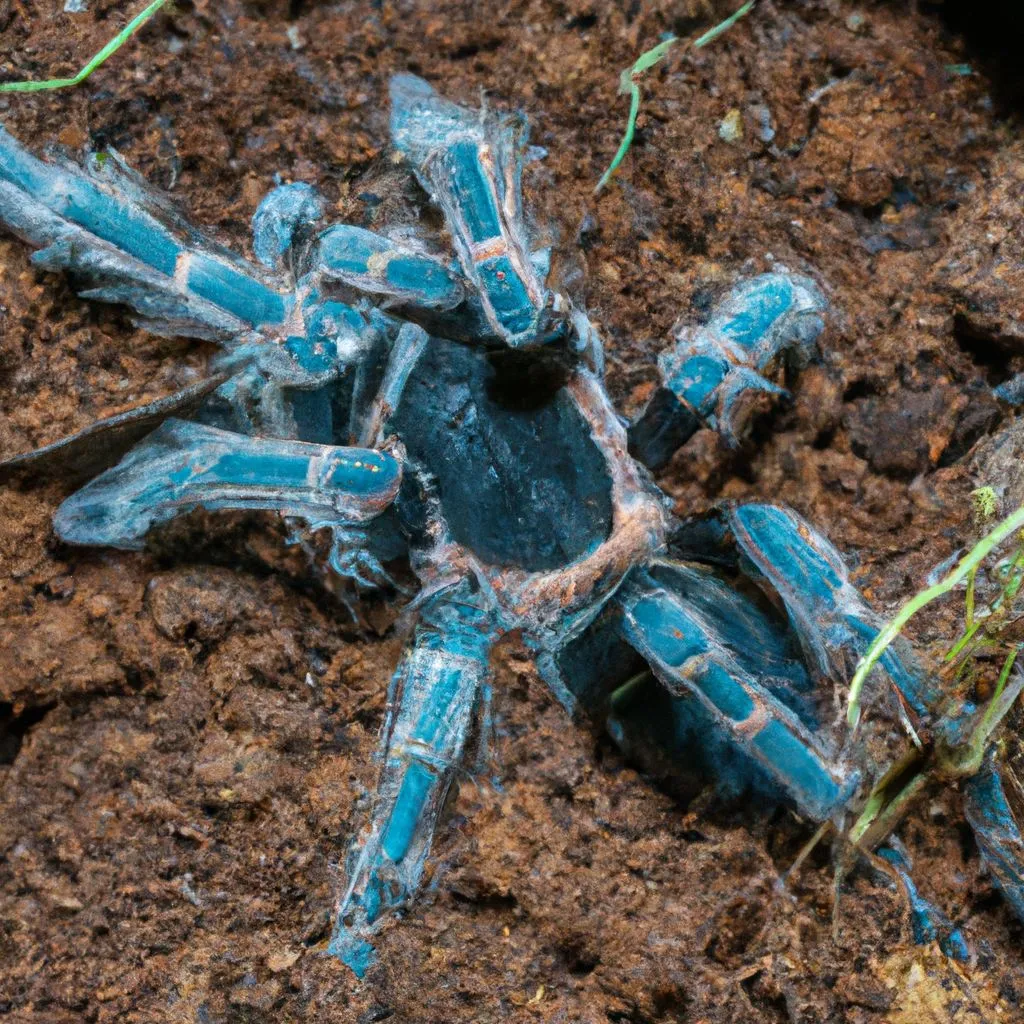
The environment plays a vital role in the molting process. Temperature and humidity are two critical factors. Maintaining the correct temperature range, as appropriate for the species, promotes healthy growth and successful molts. Similarly, proper humidity levels are essential for the tarantula sling to shed its old exoskeleton. If the environment is too dry, the old exoskeleton can become too brittle and difficult to shed, potentially leading to problems during molting. A humid environment helps the tarantula sling to soften its old exoskeleton, making the molting process much easier. Proper ventilation is also essential. This prevents the build-up of mold and fungi, which can negatively impact the tarantula sling’s health and molting process.
Temperature and Humidity Effects
Temperature and humidity must be kept within the ideal range for a specific tarantula species. Higher temperatures can accelerate the metabolic rate, potentially speeding up the growth and molting process, assuming proper nutrition is available. However, excessively high temperatures can also be detrimental. Low humidity can lead to failed molts. This can cause the exoskeleton to become too hard and dry to shed. High humidity, coupled with poor ventilation, can lead to fungal infections. To find out the correct levels for your species, you can do research or contact your local exotic pet store. Proper conditions provide the best chance for a safe and healthy molt.
Feeding and Molting Relationship
A tarantula sling’s diet has a direct impact on its molting frequency and success. Adequate and nutritious food sources are critical for providing the necessary resources to grow and molt. Overfeeding, however, can lead to premature molting and potentially stress the tarantula sling. As a general rule, slings should be fed appropriately, with prey items no larger than the tarantula’s abdomen. A well-fed tarantula sling will generally molt more frequently than a tarantula that is not receiving enough food. With an inadequate diet, the tarantula sling will not have the energy or the resources necessary to successfully complete the molting process, which may result in failed molts. It’s therefore critical to provide a diet appropriate to the tarantula sling’s age and species.
Recognizing a Tarantula Sling’s Molt
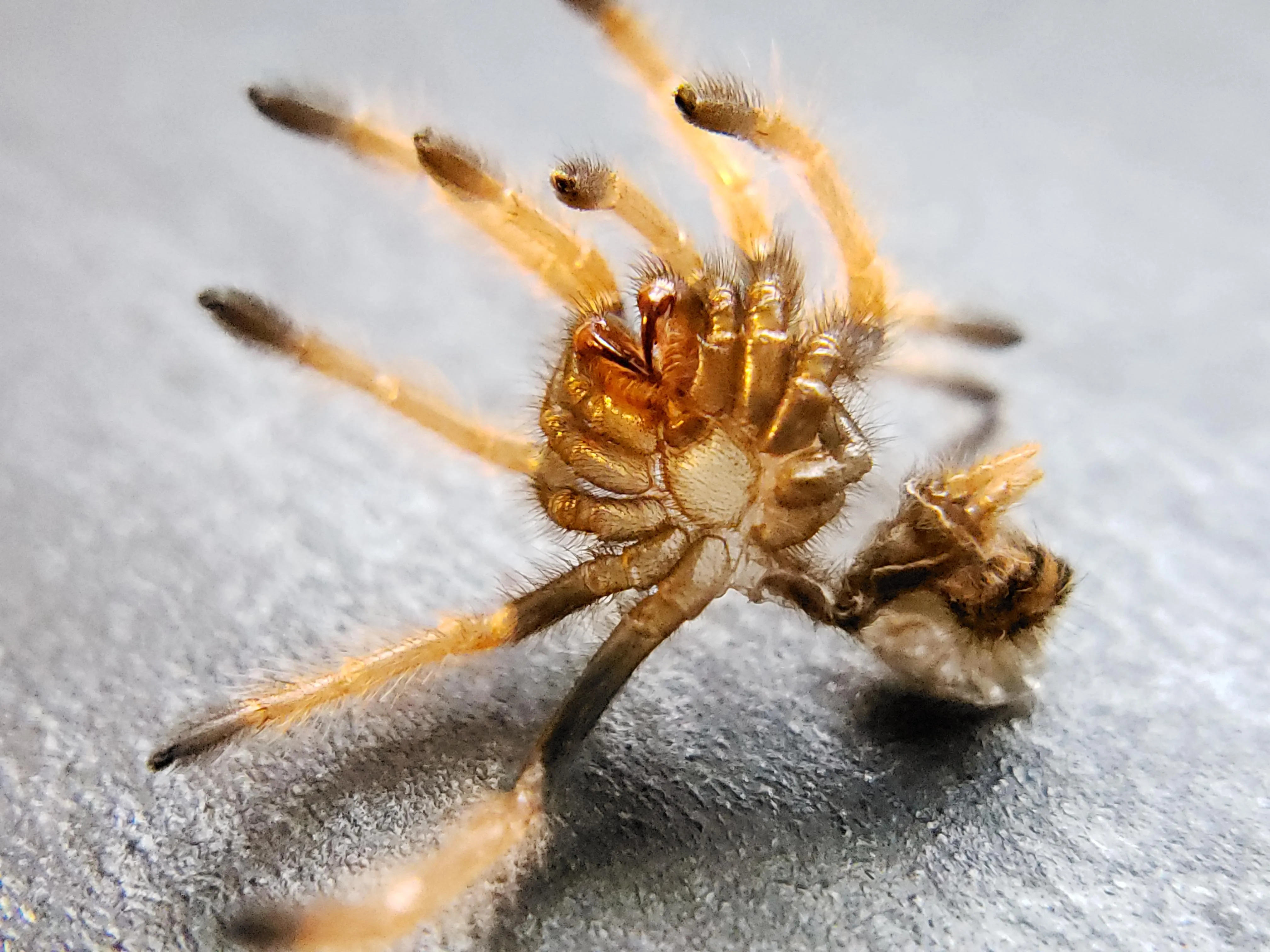
Recognizing the signs of an impending molt is crucial for proper care. Several indicators signal that a tarantula sling is preparing to molt. The most obvious sign is a change in the tarantula sling’s behavior. It may become less active, refusing food and spending more time in its burrow or hiding place. The tarantula’s abdomen may appear darker or more bloated. The color of the exoskeleton might also change. Before the molt, the tarantula sling might also create a web mat. This is a preparation for the molting process. The sling will often flip over onto its back or side to begin the molting. By understanding these behaviors, you can prepare and provide the best environment possible.
Signs of an Imminent Molt
Several specific signs indicate that a tarantula sling is about to molt. The tarantula sling may stop eating. The abdomen may become darker and appear swollen. The tarantula sling may become lethargic and spend most of its time in its hide. The exoskeleton may appear dull. The tarantula sling may create a thick web mat in preparation for the molt. All of these signs suggest that the molting process is imminent. Be prepared to provide a calm environment and avoid any disturbances, as the tarantula sling will be vulnerable. Knowing these signs helps you to anticipate the molt and provide proper care.
Caring for a Tarantula Sling During Molt
During the molting process, a tarantula sling is extremely vulnerable. The new exoskeleton is soft and delicate, and the tarantula is unable to defend itself. It’s essential to provide a safe and undisturbed environment during this critical time. Avoid any disturbances or vibrations near the enclosure. Do not attempt to feed the tarantula sling. Ensure that the humidity levels are appropriate for the species. Provide a shallow water dish so the tarantula sling can stay hydrated. Do not handle the tarantula sling during molting or immediately afterward. Observe the tarantula sling from a distance and allow it to complete the molting process without interruption. Providing the optimal conditions will increase the chances of a successful molt.
Avoiding Disturbances and Providing Optimal Conditions
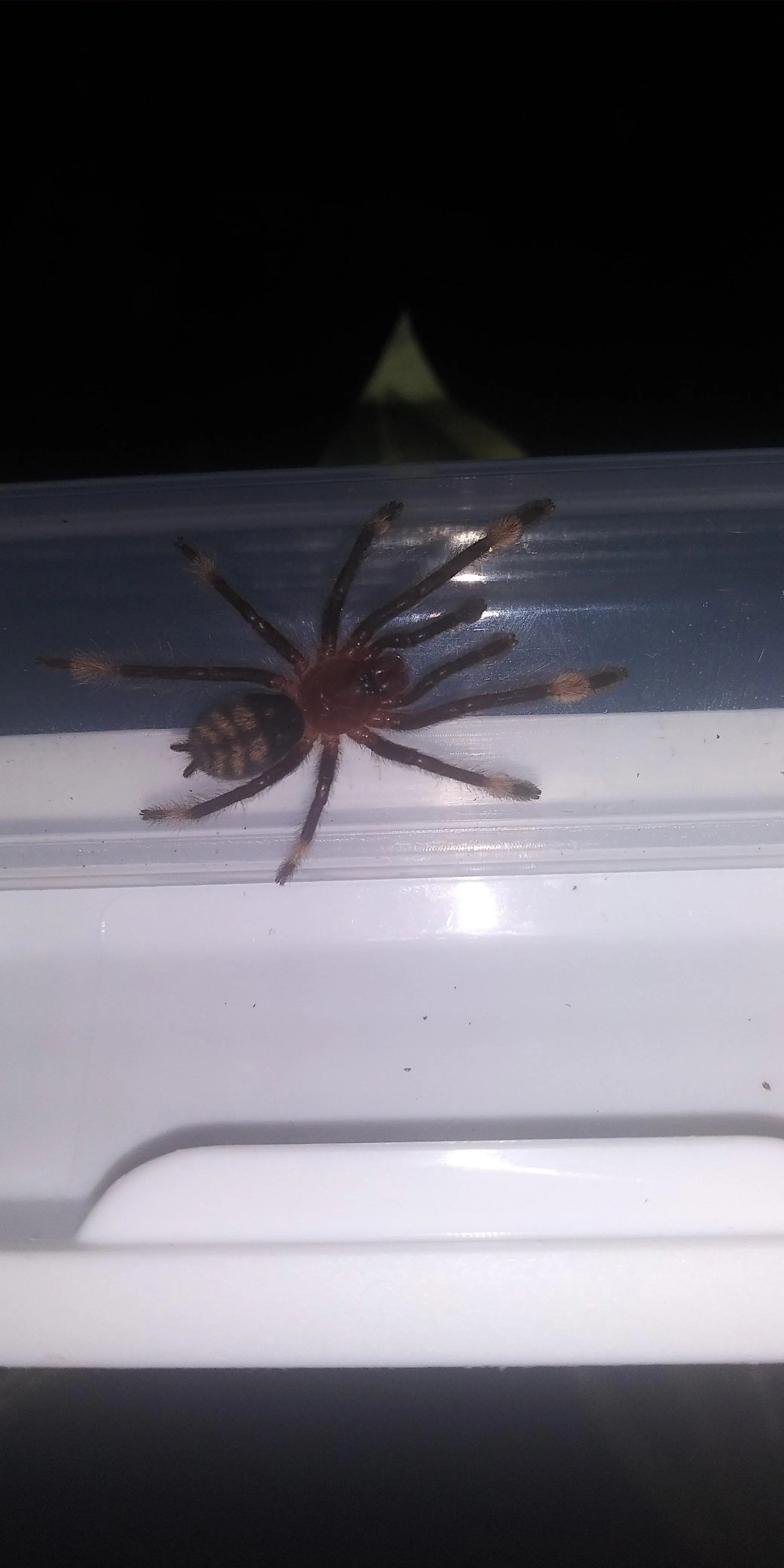
The most crucial aspect of caring for a tarantula sling during a molt is minimizing disturbances. Keep the enclosure in a quiet location, away from loud noises or vibrations. Refrain from opening the enclosure unless absolutely necessary. Do not attempt to handle the tarantula sling. Maintain the appropriate temperature and humidity levels. Ensure that the substrate is clean and of the correct depth. Provide a shallow water dish filled with clean water. Creating a safe and stable environment will allow the tarantula sling to focus on the molting process without stress. These simple steps contribute significantly to the tarantula sling’s well-being and the success of the molt.
Post-Molt Care for Tarantula Slings
After a successful molt, the tarantula sling will be in a period of recovery. The new exoskeleton will be soft, and the tarantula will need time to harden. It’s important to avoid handling the tarantula sling for several days, allowing the exoskeleton to fully harden. Ensure the enclosure maintains the correct temperature and humidity. Offer food approximately one week after the molt, after the fangs have fully hardened. At this point, the tarantula sling should be able to eat without issue. Provide fresh water and continue observing the tarantula sling for any signs of problems. Proper post-molt care is essential to ensure that the tarantula sling recovers successfully and continues to thrive.
Feeding and Hydration After Molting
After a molt, wait at least a week before feeding the tarantula sling. This allows its fangs and exoskeleton to harden fully, enabling it to eat safely. When you do offer food, start with small prey items, such as a pre-killed mealworm or a small cricket. Monitor the tarantula sling’s behavior to ensure that it is eating without difficulty. Also, ensure that there is a shallow water dish with fresh water available at all times. This is essential for hydration and helps the tarantula sling to recover fully after the molting process. Adequate hydration will support the hardening of the new exoskeleton.
Common Issues and Troubleshooting
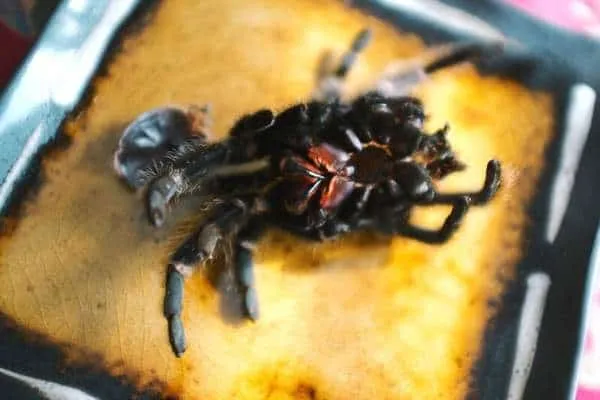
While molting is a natural process, problems can sometimes arise. Failed molts can occur if the environmental conditions are not correct or if the tarantula sling is not healthy. If a tarantula sling gets stuck during a molt, it can be a serious issue. Providing the correct environmental conditions can prevent problems during the molting process. Monitor the tarantula sling closely for any signs of distress. If a problem arises, research the specific issues and implement appropriate solutions. Sometimes, intervention may be necessary, but in most cases, allowing the process to proceed naturally is the best approach. If problems persist, consult with a veterinarian or experienced tarantula keeper.
Dealing with Molting Problems
If your tarantula sling is experiencing molting difficulties, it’s essential to assess the situation and take appropriate action. Ensure that the temperature and humidity levels are optimal for the species. Check for any signs of dehydration. Examine the tarantula sling’s body position during the molt. If the tarantula sling is stuck, you might need to gently assist the molt. Gently moisten the old exoskeleton with a spray bottle, and use a small, soft tool to carefully help the tarantula sling out. However, avoid pulling or forcing the tarantula sling, as this could cause injury. If you are unsure how to proceed, consult with an experienced tarantula keeper or a veterinarian for assistance. Prevention through proper care is always the best approach.
Conclusion The Secrets of Molting Revealed
Molting is an essential part of a tarantula sling’s life cycle. Understanding the molting process, the factors that affect it, and how to provide proper care is crucial for keeping a tarantula sling healthy and thriving. By providing the correct environment, diet, and handling, you can ensure that your tarantula sling molts successfully and lives a long and healthy life. Remember to research your tarantula sling’s specific species needs, as variations exist. Enjoy the fascinating process of watching your tarantula sling grow and change, and you’ll be well-equipped to handle any molting challenges that might arise.
